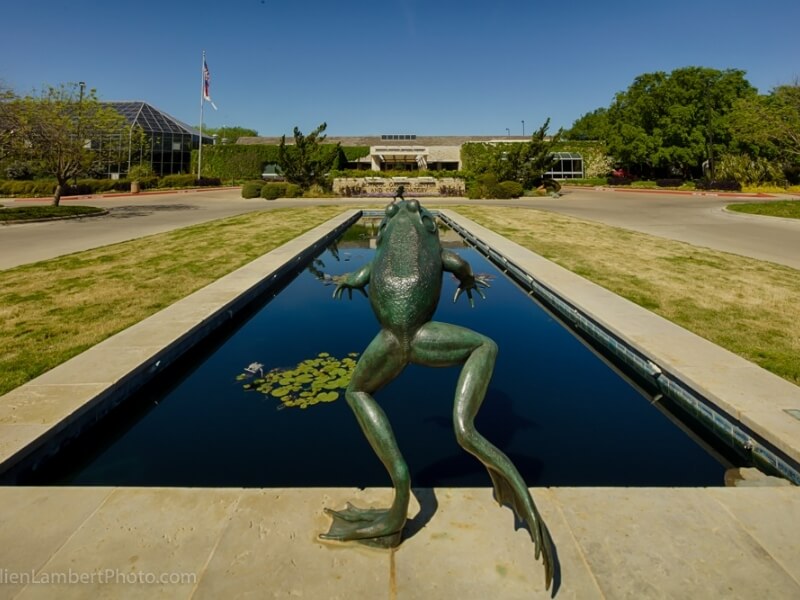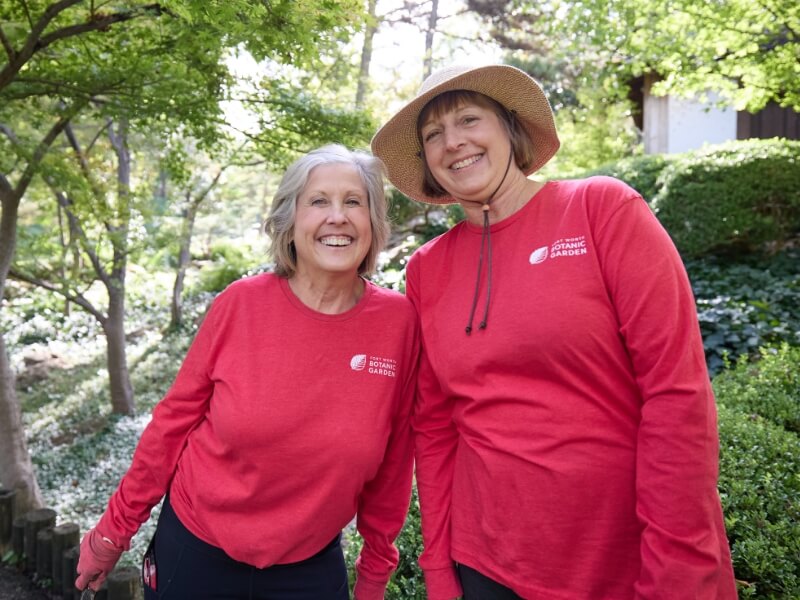Mapping Rare Plants on Roadsides
BRIT is partnering with Tarleton State University to create predictive habitat maps of rare species for the Texas Department of Transportation. BRIT is working to better understand the habitat needs and preferences of 17 rare species by examining herbarium specimens and the scientific literature. This information will be mapped to show areas where each of the rare species is most likely to occur. Texas Department of Transportation will use these maps to improve their ability to protect rare species which grow along their roadways. For several of these rare species, roadsides represent a significant portion of the known populations. Conserving them in these locations is critical to the species survival.
Why do rare plants grow on roadsides?
Roadsides, particularly in rural areas, are some of the only land that is not heavily impacted by human use. Periodic mowing serves to prevent the growth of woody vegetation on these roadsides, maintaining the native open prairie vegetation. The lack of cattle allows plants that are particularly tasty to thrive. For sensitive plant species, this native plant oasis is often the ideal habitat!
Research Team
Kim Norton Taylor Conservation Research Botanist
Erin Flinchbaugh Conservation Program Assistant
Carousel items
-
Cyperus granitophilus (granite flat sedge)
During the course of the flora of Enchanted Rock project, several interesting species were found. One species of note is Cyperus granitophilus (granite flat sedge).
-
Dalea reverchonii (Comanche Peak Prairie Clover)
In the spring of 2012, BRIT botanists conducted extensive surveys of limestone prairies, barrens, and glades in the Fort Worth Prairie and northern Limestone Cut Plain of north central Texas.
-
Gratiola quartermaniae (Quarterman’s Hedge Hyssop)
Gratiola quartermaniae was first described from Eastern North America by Estes and Small in 2007. The species typically grows in thin, seasonally saturated soil over exposed limestone or dolomite bedrock.
-
Isoetes butleri (Limestone Quilwort)
Isoetes butleri is a fern ally that grows in limestone outcrops across most of the Eastern United States.
-
Pediomelum cyphocalyx (turniproot scurfpea)
Pediomelum cyphocalyx (A.Gray) Rydb. (Fabaceae) is a perennial herb with a tuberous root up to 2 cm in diameter.
-
Pediomelum reverchonii (Reverchon’s scurfpea)
Pediomelum reverchonii (S. Watson) Rydb. (Fabaceae) or Reverchon’s scurfpea, is a bushy-branched perennial forb growing to 120 cm in height (Diggs et al. 1999). Flowers are purple, 10 to 15 mm long.
-
Physaria engelmannii (Engelman’s bladderpod)
The Dallas-Fort Worth metropolitan area spans two ecoregions, the Cross Timbers and the Northern Blackland Prairie (Gould et al. 1960).
-
Schoenoplectiella hallii
The 2012 Texas Conservation Action Plan (TCAP) for the Cross Timbers Region identifies the lack of information and lack of processing of existing data for Species of Greatest Conservation Need (SGCN) as two major issues for the region.


